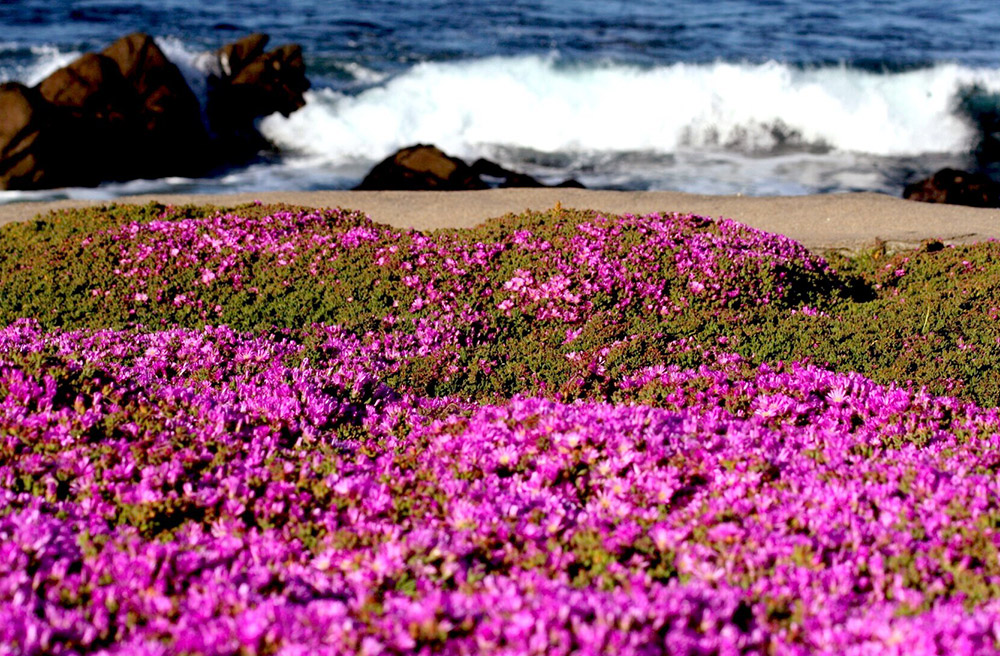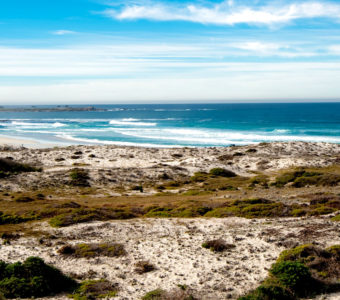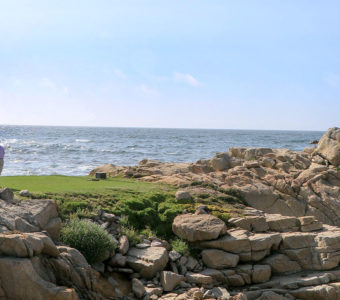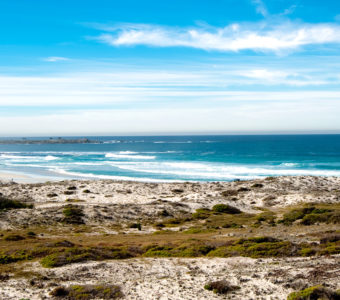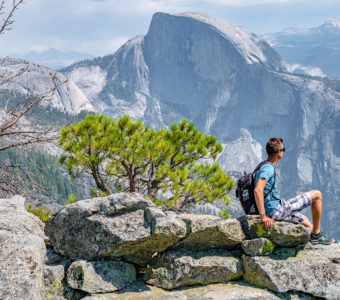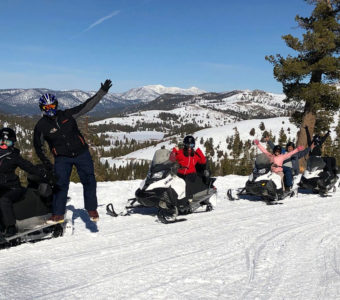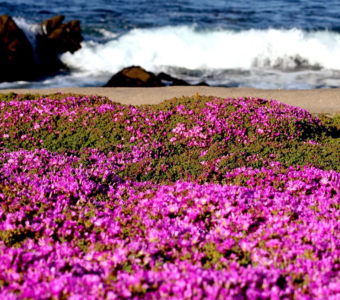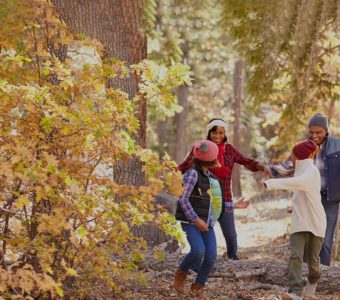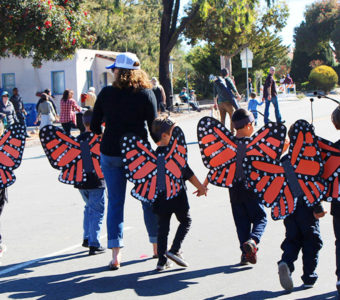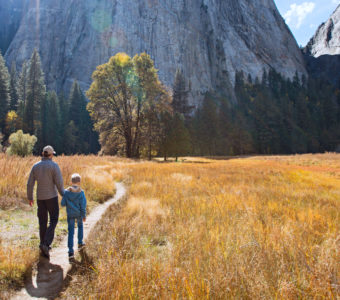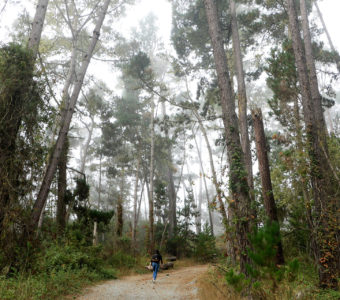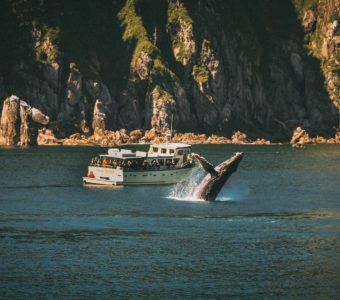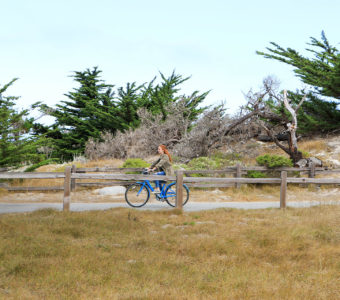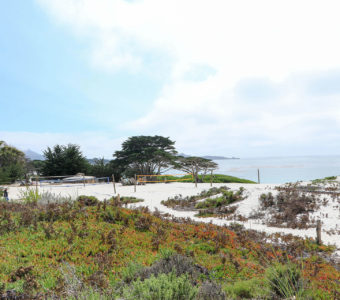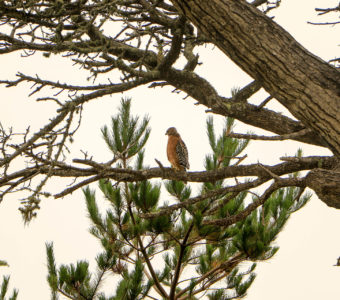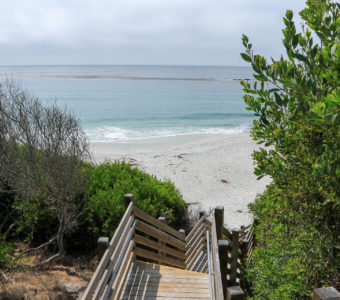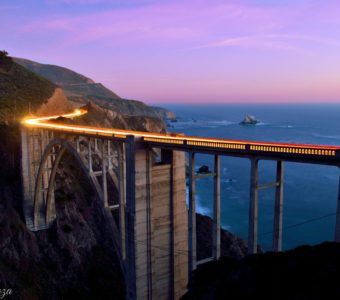For just a short time each year, Pacific Grove transforms and become the “magic carpet” that attracts many visitors, but this yearly phenomenon should not be glorified due to the harmful nature of the “Ice Plant”. During mid-Spring, a purple carpet of Carpobrotus edulis, commonly known as Ice plant, fills the landscape in Pacific Grove, California. This invasive species is a fast-growing succulent familiar to anyone who’s spent time on the California coast, where it sprawls across seaside dunes and bluffs. It may look beautiful and harmless, but its innocent appearance hides a sinister impact on local ecosystems.
Why is Ice Plant Harmful?
The Ice Plant grows quickly into dense monocultures that crowd out native plants. In the case of coastal systems, they often outcompete endemic, endangered, or rare native plant species that support important wildlife. Although ice plant does have some capacity to stabilize sand dunes, it grows in thick layers on top of itself that increase the likelihood of erosion and limit the potential for sand dune growth compared to native coastal species.
Ice plant is identified by the California Invasive Plant Council as having a threat rating of “high” due to its impacts on ecosystem processes including, but not limited to, reducing soil pH, altering nutrient dynamics, interfering with water uptake, outcompeting native plants, invading habitats, altering soil organic content, expanding through multiple dispersal mechanisms, and other impacts.
Where did it come from?
Purple blooms of the invasive Ice plant lining the Pacific Coast can be beautiful but it also chokes out native flora and reduces biodiversity.
Ice plant originates from South Africa, and was brought to California in the early 1900s. It was used to stabilize soil along railroad tracks, and now we see it along highways stabilizing soils there. As an invasive species, ice plant spreads like wildfire into our dune plant communities. In areas where there could normally be up to 10 native species, we only see ice plant.This greatly reduces the diversity of our dunes and puts native plants at risk of losing thier already scarce habitat.
National Marine Sanctuaries
How You Can Help
Ocean Guardian Students Battle Invasive Species
There are a number of preservation groups and volunteer opportunities supported by community partners including the City of Santa Cruz, Seabright Neighborhood Association, California State Parks, US Geological Survey, California Native Plant Society, Oikonos Ecosystem Knowledge, Patagonia, UC Santa Cruz, and the California Coastal Conservancy.
By participating in reclamation projects you can help ensure the days of the invading ice plant may be numbered!
Volunteer Opportunities
Every Friday: ASILOMAR STATE BEACH| 9 AM — 12 PM w/ State Parks Natural Resource Team
Meeting location: Location varies. Contact Rosie.Eisner@parks.ca.gov for more information
Project: This is a WEEKLY program where we work in the greenhouse, collect seed, plant native plants, remove invasive plants, and more! Project and meeting location will vary week by week.
Where to Stay on Your Visit
Asilomar Hotel and Conference Grounds is the perfect location for your next vacation or corporate retreat.
Pacific Grove is all about natural beauty and communing with nature. The feast for your eyes doesn’t have to stop just because it’s time to go inside at night or to eat a meal. Book a room at Asilomar Hotel and Conference Grounds, and the sights will be endless.
Asilomar is located within walking distance of Asilomar Beach. The Arts and Crafts style hotel was designed by world-renowned Julia Morgan and has been designated a National Historic Landmark.
The hotel sits among the restored dune ecosystem upon 107 acres of beachfront property. When you’re not exploring the along Ocean View Boulevard, you can wander the beachfront grounds, dip your toes in the ocean, and take in the peaceful sounds of birdsong and waves.
Other Things to do When you Visit Pacific Grove
Bird watching in Pacific Grove.
There are plenty of other activities to occupy your time while on vacation or to fill an afternoon off from a conference.
Bird Watching
The unique coastal ecology of Pacific Grove makes it one of the top 5 birding destinations in North America. Whether you’re an amateur or advanced bird-spotter, you’ll be delighted by the variety and number of birds you’ll see while visiting. To brush up on your bird-sighting skills or to just have the help of an expert, sign up for a guided tour.
Whale Watching
Hop aboard and set sail for an adventure upon the sea. Keep your eyes peeled for whales and other marine life. The knowledgeable guides at the Princess Monterey Whale Watching tour company will provide you with plenty of fun facts and information. Even while you’re not watching the whales, you’ll get to take in views of the Pacific Grove coastline.
Biking
Another option is to hop on a bike. The Monterey Bay Coastal Recreation Trail provides bikers with 18 miles of paved trails that meander along the Monterey coastline. Take in the incredible ocean views any time of year!
